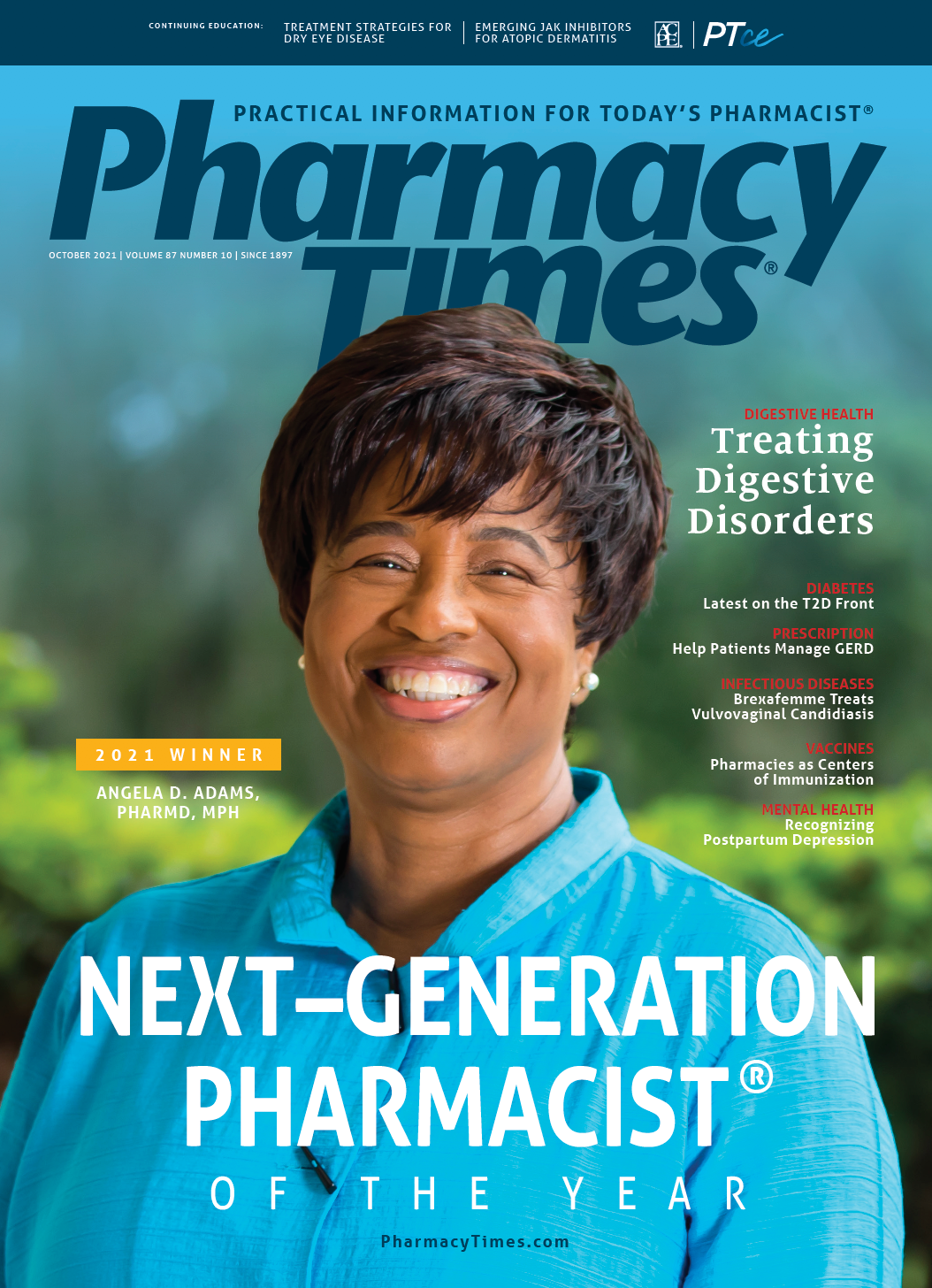Publication
Article
Pharmacy Times
Help Get the Right Medications at the Right Time
Author(s):
Other health care stakeholders can learn from pharmacists' patient-centered perspective in addressing high out-of-pocket costs.
When discussing how to address high out-of-pocket health care costs, we should focus on what matters most: the patient, particularly the one at the pharmacy counter.
This is more than an academic exercise for me. My interest in pharmacy began when I observed the health benefits that my own family members experienced thanks to medications dispensed by a pharmacist.
Medications increase life expectancy and quality of life for millions of Americans. Research from the National Pharmaceutical Council found that physicians perceived medications as the most important contributor to improved patient outcomes for eight debilitating medical conditions over a 20-year period — more than any other medical innovation.
As a trained pharmacist, I know the success of medications also depends on pharmacists, who help the right patients get the right medications at the right time.
This commitment to ensuring patient access to needed medicines has been on full display during the COVID-19 pandemic. In the pandemic’s early days, I personally witnessed pharmacists in Florida quickly find creative ways to minimize disruption of medication regimens for patients like my parents. They installed plexiglass at pharmacy counters, set up pop-up drive-throughs in parking lots, and delivered medicines or helped patients shift to mail-order prescriptions.
Pharmacists are the most accessible health care professional and the health professional most prepared to optimize medication use to improve patient health. The broader health care delivery and payment system, especially insurance benefit design, should adopt this patient-centered mindset. Recent research from NPC and the Center for the Evaluation of Value and Risk in Health at Tufts Medical Center found that almost half of health plan decision-makers surveyed said they never engaged with patients when developing drug coverage policies. Furthermore, a majority of those surveyed thought it was improbable that patient influence on coverage policy would grow in the future.
This disconnect between insurers and patients makes it more likely that health plans will fall short of helping those they are supposed to serve.
My pharmacy training made it clear to me, as it has to many others, that the barriers caused by poor insurance benefit design make life so much harder for patients who need these remarkable, life-changing treatments. Pharmacists spend precious time keeping up with benefit design changes and utilization management requirements. This time is better spent caring for patients. Of course, this is all happening against the backdrop of declining reimbursement and inexplicably increasing direct and indirect remuneration (DIR) fees.
Insurance coverage is top of mind right now for many Americans as we approach the fall open enrollment season. But as anyone who has helped a parent or loved one examine their health insurance options can attest, figuring out the quality of the health coverage and what medications will be covered, and at what cost, is quite challenging.
As a result, most people end up making their decisions based on the price of premiums and deductibles, even though medication access varies widely among insurance plans.
Some plans leave patients exposed to high out-of-pocket spending. A recent IQVIA report showed that over 55 million prescriptions were abandoned in 2020 and that higher out-of-pocket costs correlated to higher rates of abandonment.
To address high out-of-pocket health care costs for patients at the pharmacy counter and beyond, we must rely on evidence-based research and data to develop real solutions. Yet some current proposals appear to miss the mark.
Take the discussion around the government directly setting prices for drugs: According to NPC’s recent study with Xcenda, a mandated drug price discount would be unlikely to reduce patient out-of-pocket costs. Only 1 in 4 health plan decision-makers surveyed said they would pass savings on to patients through lower co-pays. Most of those interviewed said no discount amount would trigger a drop in copays or coinsurance rates.
This study adds to a growing body of evidence that shows focusing solely on drug prices will not solve the problem of patients’ high out-of-pocket costs. NPC research has shown that only 17% of health expenditures in the U.S. are drug costs. Further, a Kaiser Family Foundation issue brief found that while Americans on average spend about $500 more per year for medications than patients in economically similar countries, we spend nearly $4,000 more per year in inpatient and outpatient services.
Pharmacists can play a critical role in finding a solution to address high out-of-pocket costs for patients. Health care organizations have begun hiring pharmacists not to stand behind a pharmacy counter, but to help the organization learn from their patient-focused perspective: ensuring the right patients get the right medications at the right time to deliver better outcomes and reduce overall costs.
Pharmacists’ ability to think through the patient’s point of view is a tremendous asset. Other stakeholders could follow this example by coming together to forge evidence-based solutions that keep the patient at the center and help make patients healthier.
I’m proud of my fellow pharmacists for their contributions to this important work, and I look forward to working together to deliver better outcomes for patients.






